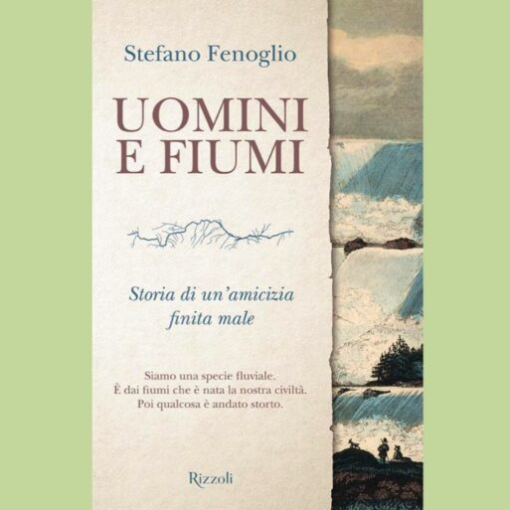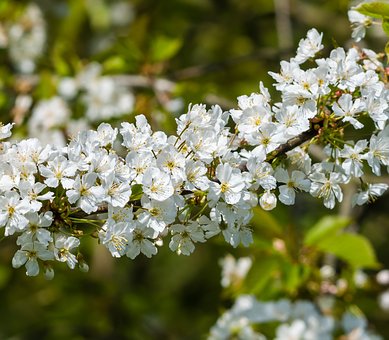
May! among the hedges and scrublands, on the edge of the deciduous forests, along the country roads in all the regions of Italy stand out the flowering shrubs of the Hawthorn,
COMMON HAWTHORN
Crataegus monogyna Jacq. – Fl. Austr. 3: 50 (1775)
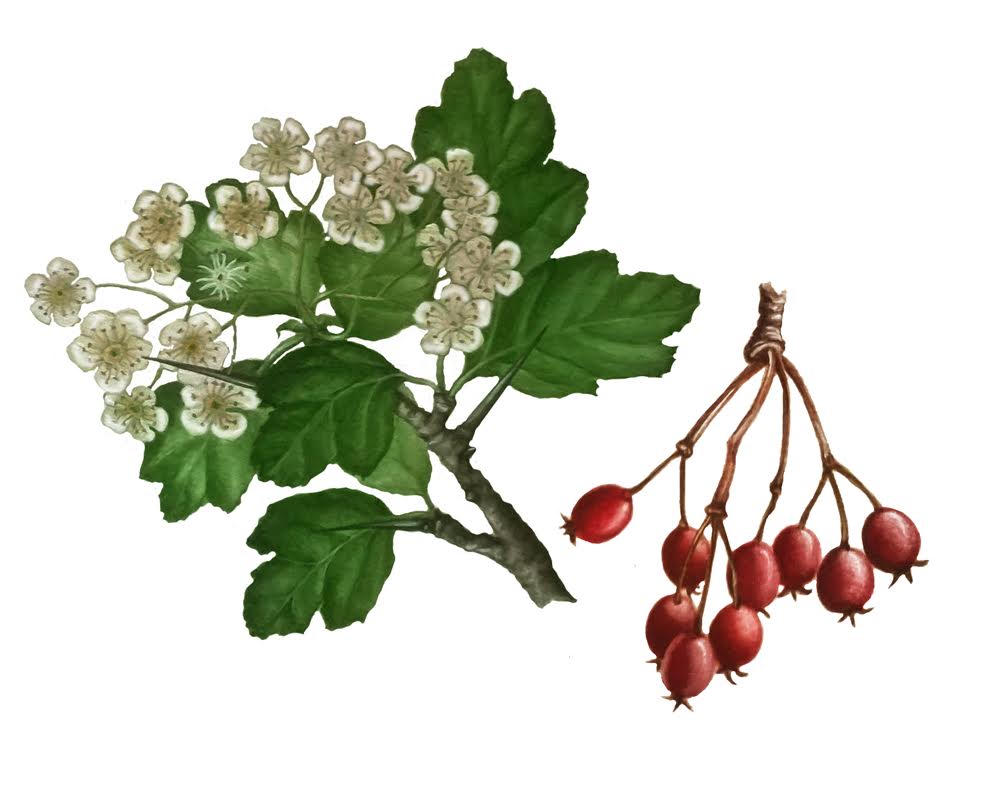
Drawing by Rossella Faleni kindly granted by the author
It is a shrubby plant that often reaches arboreal size (2-3 meters), with dense and thorny branches
Belonging to the family Rosaceae, genus Crataegus, has deciduous oval leaves with short petiole, slightly serrated, divided into 5-7 lobes.
The elongated or often globose crown explodes in spring (April – May) in a spectacular bloom. The white or pink flowers, gathered in corymbs, have a corolla of 5 petals with numerous stamens and a single pistil at the center.
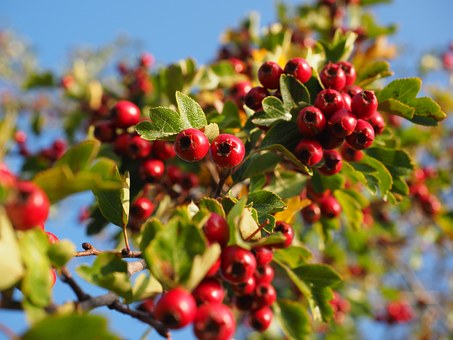
From the growth of the flower receptacle the fruits originate, in reality false fruits, represented by infructescences of small red drupes, containing only one yellowish seed, bearing at the apex a crown of small lacinias residual of the flowery calyx. Very rich in vitamin C are used in the kitchen for the preparation of risottos, jams and syrups.
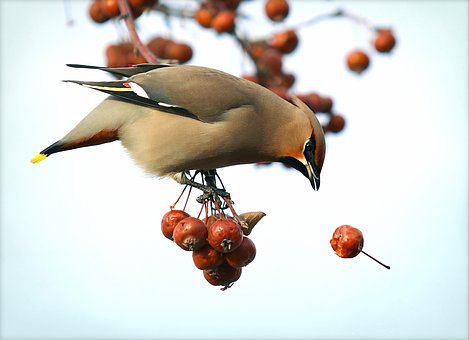
The fruits are food for many birds: passerines, blackbirds, thrushes, crows and small mammals which have an important ecological role in the spread of the plant. The germination capacity of the seeds, in fact, is activated by the passage in the stomach of the animals that have fed them.
Also the wood of the hawthorn is a very hard and very high quality reddish color, it is very appreciated for its brightness in cabinet making and used for lathe work. It also produces an excellent charcoal.
Hawthorn is a officinal plant widely used in the past by folk medicine with sedative, hypotensive, vasodilator, antidiarrheal properties.
The active ingredient is contained in flowers, leaves, fruits and bark, which are used fresh or dried for infusions and herbal teas.
The widespread presence throughout the territory and the medicinal properties have meant that the plant entered the popular language with different names in different places.
Commonly called Common Hawthorn, Wild Azar, White Spino, Pruno spinoso, takes, in Italy, the following local names
Liguria: Spinasanta, Spin giancu, Mejette
Piedmont: Bosso bianch, Poterle, Corputella
Lombardia: Buslin, Spin bianch, Pà d’asen
Veneto: Marendola, Pan de mio, Spin d’ors
Friuli: Barazz blanch, Peruzzar
Emilia: Boch, Chegapoi, Maruga Bianca
Tuscany: Pruno agazzino, Lazzerolo selvatico, Bagaja
Marche: May, Cerasola
Umbria: Hedges from hedges
Abruzzo: Flea plug,
Campania: Spinazzo, Calavrice,
Basilicata: Cusciolino,
Puglia: Scarapurcio, Calanice,
Sicily: Spina sarvaggia,
Sardinia: Calarighe, Corovigu, Travigu
Bibliography:
PIGNATTI S., 1982. Flora d’Italia.Edagricole, Bologna.
COSSU C. ,2015 Piante spontanee commestibili e aromatiche nella tradizione sarda – conoscerle e usarle
ADAMOLI R. e RiGON D. 2003. Natura mediterranea – Flora elbana di Lacona – D.S.A. Capoliveri
BONI U. – PATRI G. 1979 . Le erbe – medicinali aromatiche cosmetiche – Fabbri editori
http://www.floraitaliae.actaplantarum.org/
https://www.funghiitaliani.it/topic/46651-crataegus-monogyna-jacq/
Credits
Author: Maria Beatrice Lupi. Naturalist, an expert in training, planning for sustainable development, participatory methodologies and European planning. Currently, she is involved in dissemination and education for sustainability.
Translation by Maria Antonietta Sessa



